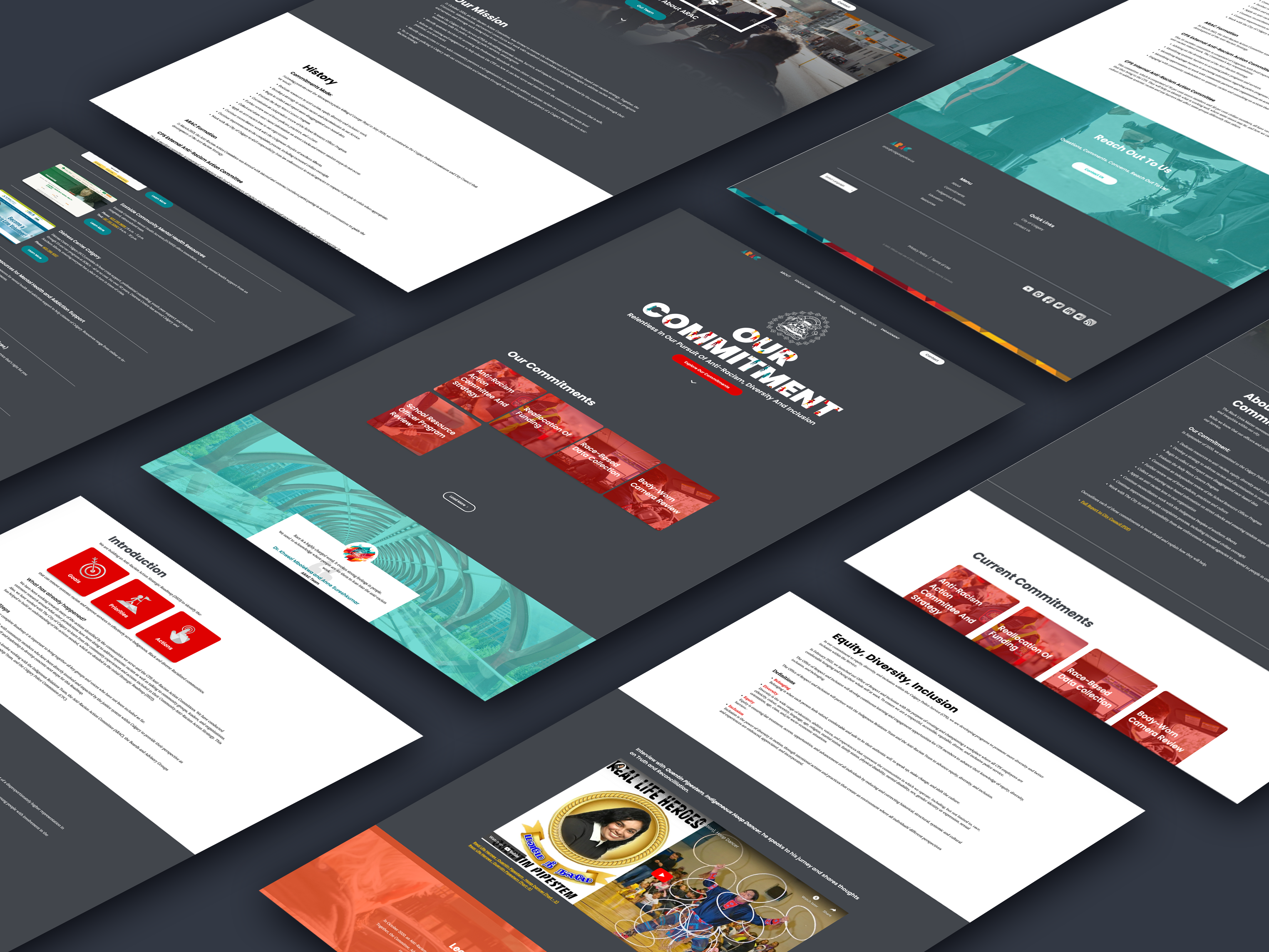The Project
Systems-level challenges, with their complex web of interdependent issues, can be daunting to both solve and comprehend. However, by delving deeper into the problem and applying a design thinking framework, I, as a nature-loving Canadian designer, was able to unravel the connections and create a path toward a possible lasting, effective, and thoughtful solution for Alberta's caribou populations. Through my use of curiosity, empathy, and critical thinking, I was able to design deliverables that helped individuals gain a better understanding of the issue at hand.
1. Research Dossier
Literature Review
The province of Alberta has a wealth of literature pertaining to its caribou population, particularly in light of the impact of natural resource harvesting industries on their numbers. In my research, I have compiled a comprehensive collection of 20 sources, including peer-reviewed articles and feature-length documentaries. Secondary research is a vital component of the design thinking process, as it enables a thorough understanding of existing research and identifies areas for potential improvement. The Research Dossier is organized using principles of information architecture to enhance the user's understanding of the content and to make it more compelling to use.
Subject-Matter Expert Interviews
I had the privilege of interviewing three esteemed experts who are actively involved in the conservation and management of Alberta's caribou population. Through these interviews, I was able to validate the findings of my literature review and gain insight into the level of public awareness and engagement regarding this issue. Each interview lasted between 45 minutes and an hour, and the information obtained has been condensed and presented in a user-friendly format in my Research Dossier. The two-page spread format allows for easy scanning and comprehension, preventing the reader from feeling overwhelmed by extensive transcriptions.
Fieldwork
Emphasizing with users is crucial for creating meaningful and useful work. To achieve this, I conducted a design research study using the method of autoethnography. During the study, I kept a journal of my experiences while learning about the caribou in Alberta. By coding the data, I was able to identify overarching themes that I used to develop effective ways to engage my audience and provide them with an approachable way to interact with the content.
Opportunities for Improvement
1. Leveraging the traditional knowledge held by indigenous communities regarding caribou and respecting their commitment to preserving a species with significant cultural significance
2. Streamlining the procedure for enacting provincial range plans through the implementation of efficient processes and the establishment of a monitoring mechanism to ensure compliance and adequate support
3. Investigating alternative energy sources that minimize negative impacts on caribou populations and their habitats
4. Prioritizing conservation efforts to safeguard natural environments and restore mature forest ecosystems.
5. If the caribou are saved, that framework can be used to protect and restore other threatened species.
2. Sense-Making & Systems Mapping
The Problem
The decline of woodland caribou populations in Alberta is a pressing issue caused by a range of human activities, including natural resource harvesting, infrastructure development, and land exploitation. These activities have resulted in significant ecological disturbances in the critical habitats of the caribou, leading to their endangerment. Despite the efforts of Indigenous communities to protect both the caribou and the land, their voices have not been sufficient to bring about significant change. This is in part due to a lack of awareness and engagement among the general public, as well as inadequate enforcement of laws meant to protect the caribou by regulatory authorities. The most significant obstacle to addressing this issue, however, is the prioritization of Alberta's economic interests over the conservation of the woodland caribou.
Developed a series of appealing and user-friendly system maps using Adobe Illustrator to create a visual representation of the problem that showcases the various areas of influence that impact the system's challenge. These maps were designed to simplify complex issues and present them in an easily understandable manner, encouraging user engagement through multiple access points. To enhance comprehension, I created four additional maps focusing on the interdependent functions within the area of influence.
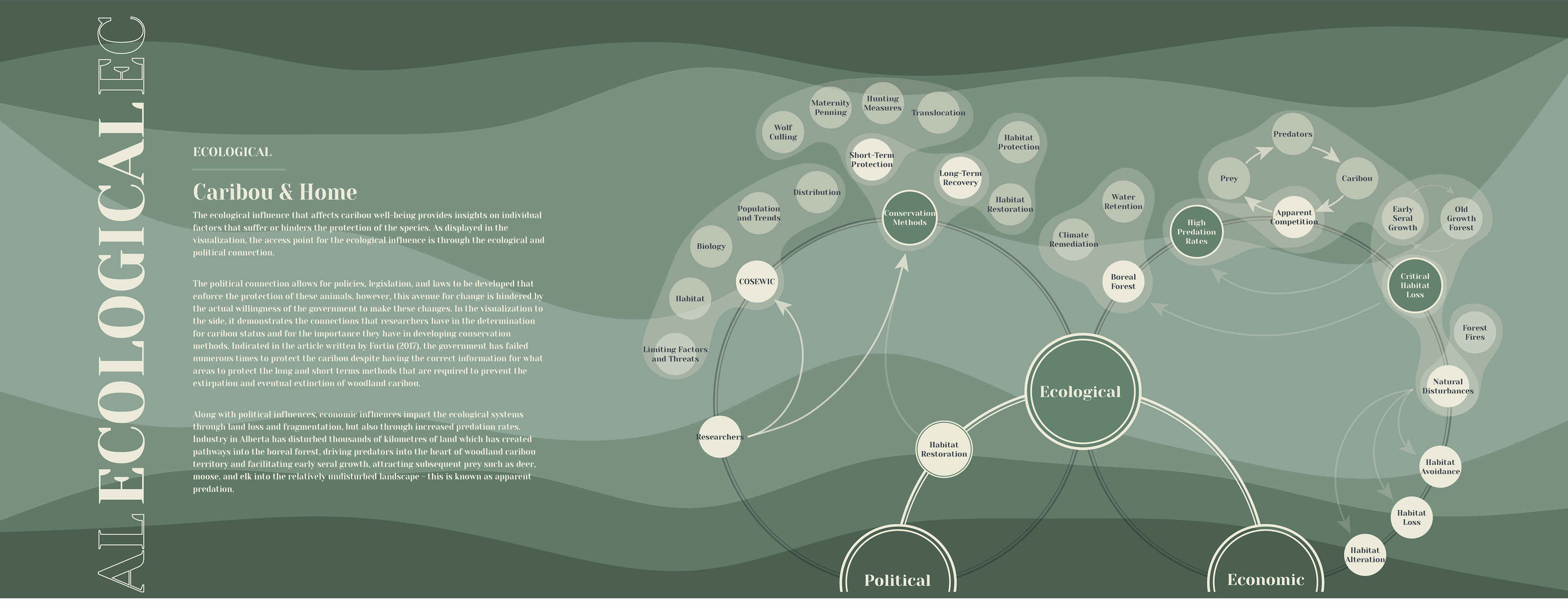

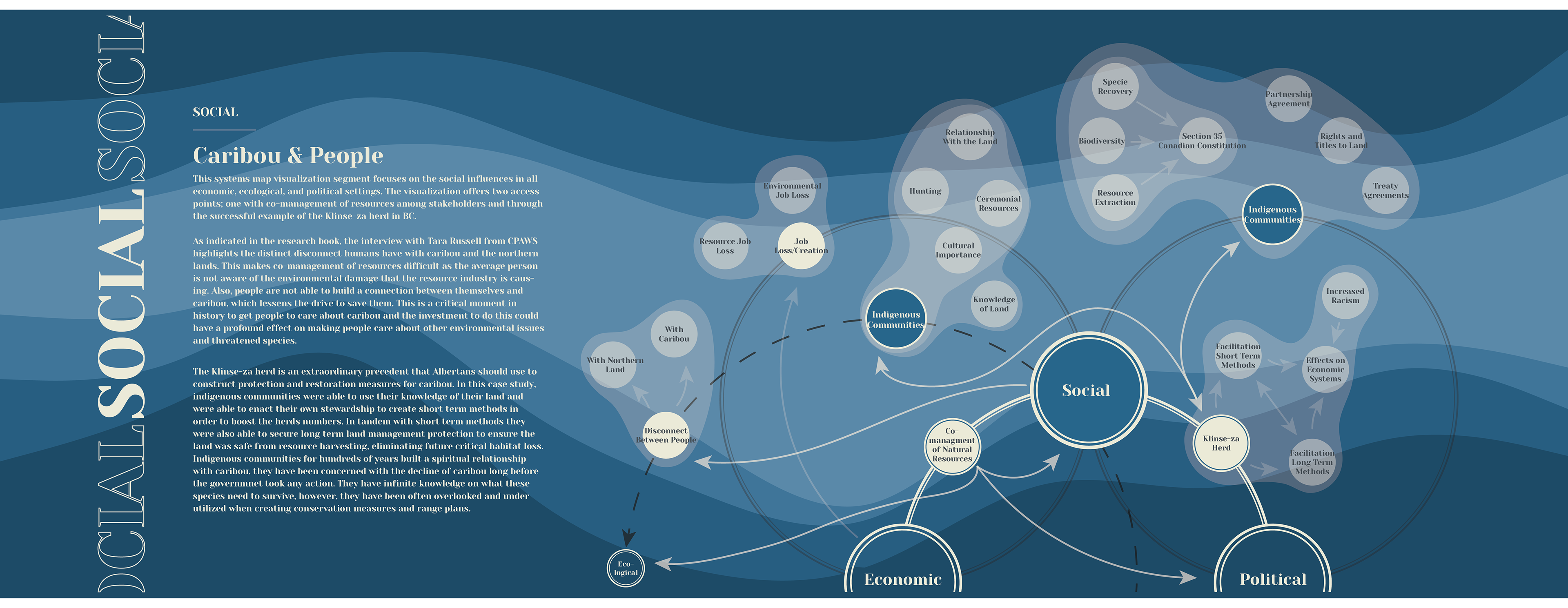

Exhibit Design & Experience
Outcome
During the exhibition showcase, the system maps were displayed to the public. The utilization of the maps effectively facilitated user engagement with the issues at hand, as they were supplemented by visually striking graphics and presented in a manner that simplified the comprehension of complex problems.
Deeper Understanding: As part of my presentation, I incorporated interactive elements that aimed to provide users with a more comprehensive understanding of specific topics. These elements are demonstrated below and represented on the "Research" poster. Each node on the diagram represented a code from my auto-ethnographic study, which included a concise description of the topic and a QR code linking to relevant resources. The resources I linked to include peer-reviewed papers, credible web articles, and documentaries. This feature enabled users to take home valuable information and gain a deeper understanding of issues they may have been previously uninformed about.
Public Engagement Activity: In order to promote active participation, I implemented a public engagement activity. This activity is designed to provide an opportunity for individuals to showcase their understanding of the critical elements of caribou conservation and to express their opinions on the matter. As illustrated on the "Where Should We Focus Our Effort?" poster, participants are encouraged to utilize yarn to indicate their selected areas of focus. This interactive approach allows individuals to not only voice their opinions, but also to actively contribute to the ongoing discourse surrounding the preservation of caribou populations.


Final Thought
My final design is the result of a thorough research process, utilizing both primary and secondary research strategies, and incorporating a design thinking framework to prioritize the user experience. Through this process, I focused on creating an engaging and user-friendly product that effectively communicates a complex issue.
In addressing system challenges, I approached the design with an open-ended solution, providing users with vital information and access points to explore areas of personal interest and action.
Through this project, I have gained valuable insight into the importance of documenting my learning process in an unfamiliar field, as it allows for a deeper understanding of the user's perspective and fosters a more empathetic design approach. Additionally, I learned the importance of creating an interactive exhibition that caters to different learning styles to ensure that all users can benefit from the experience.
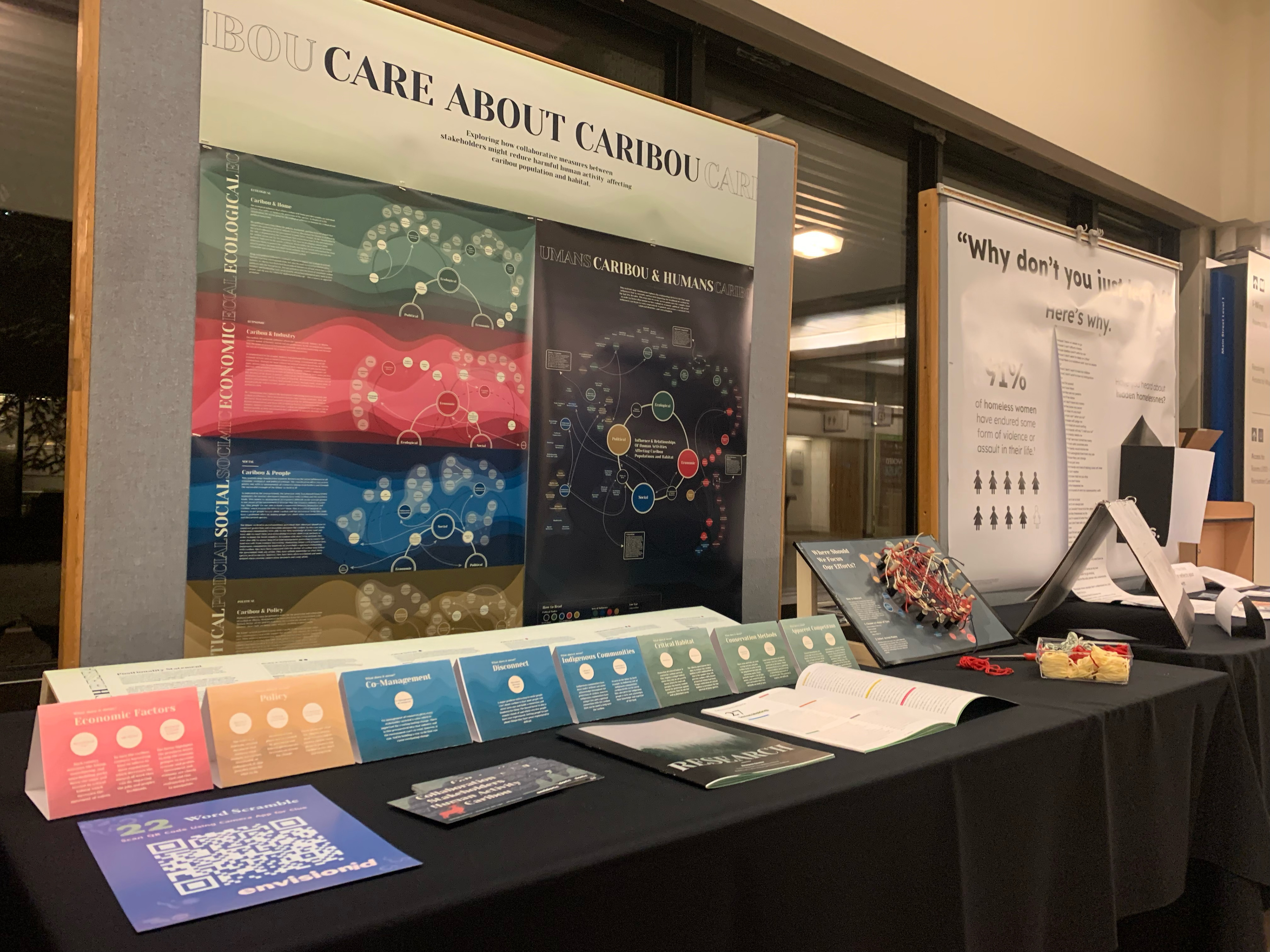
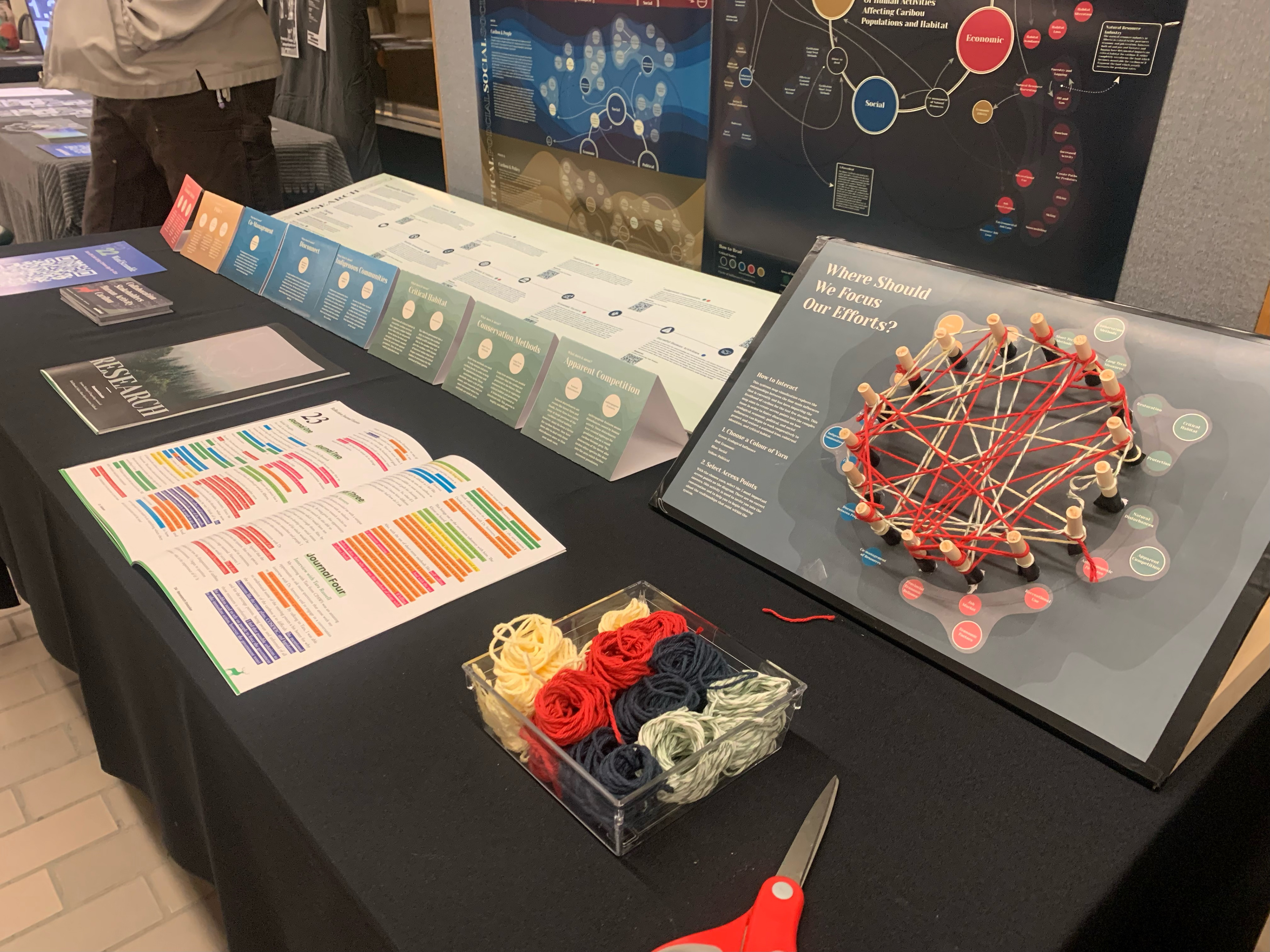
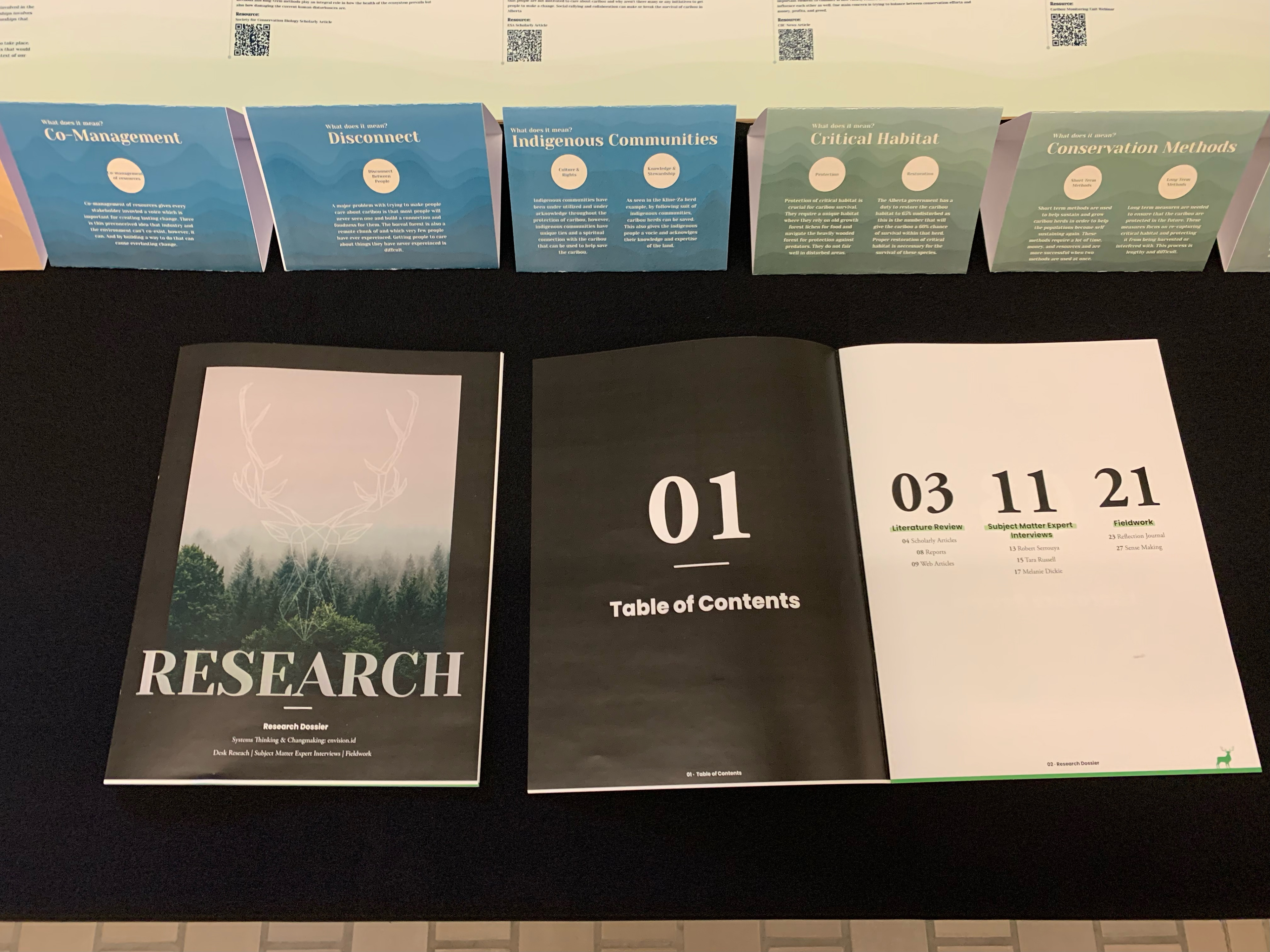

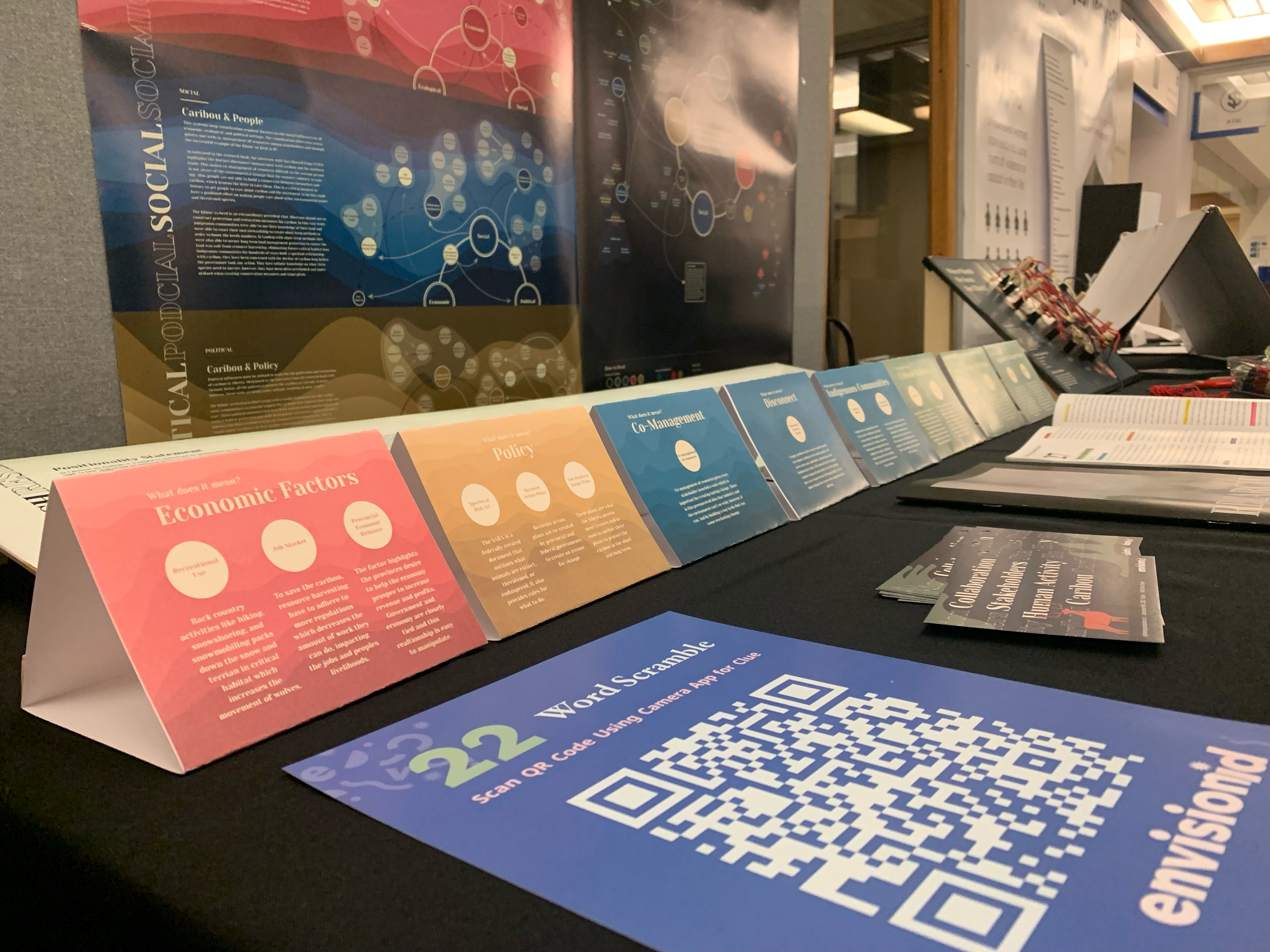
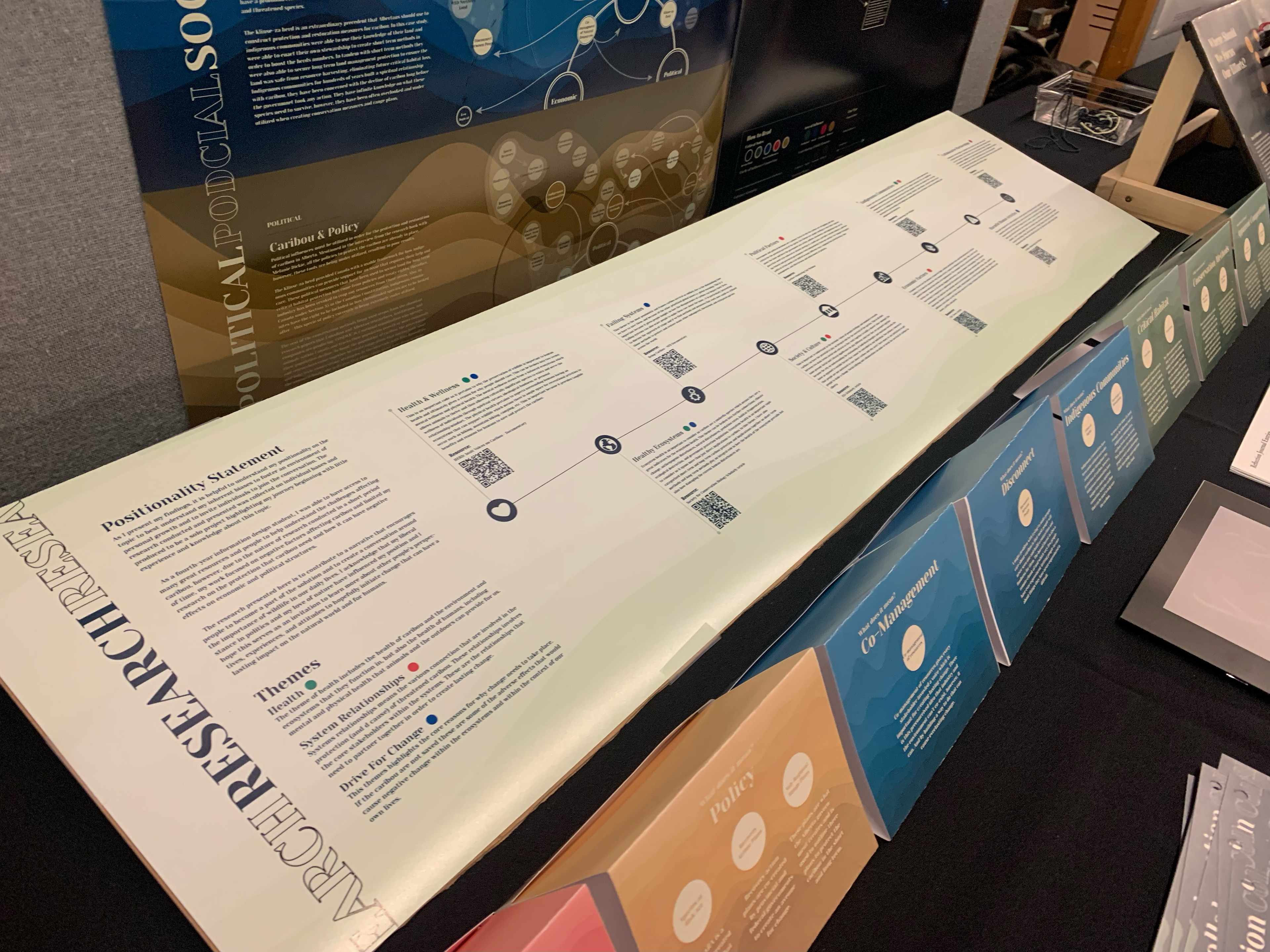


Let's Work Together
I'd love to connect and discuss how I can help your team grow!





